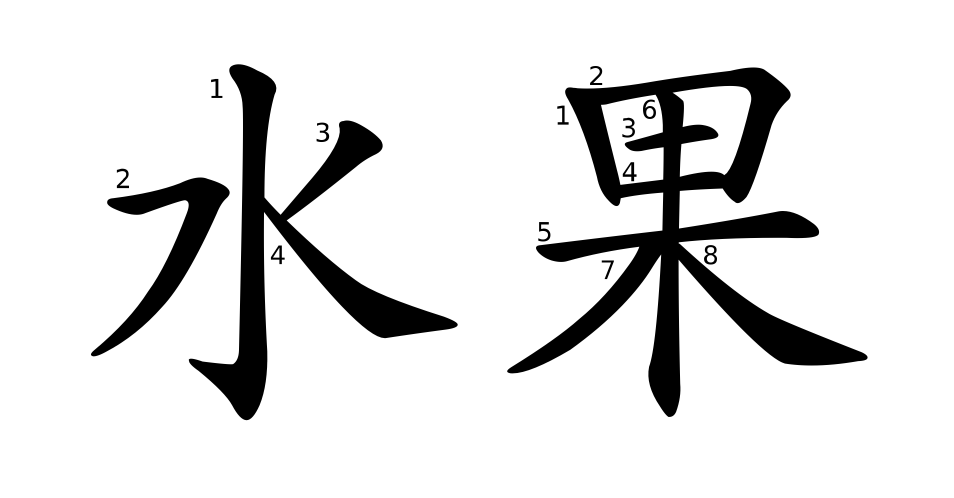Quick link:
考試/考试、起床、唸書/念书、複習/复习、功課/功课、連飯都沒有/连饭都没有、寫字/写字、生病、打電話/打电话、精神、好像…似的、向來/向来、才來/才来、跑步、忙死了、的確/的确、最近、難記/难记、休息、祝你幸福、我比你高、強/强、蔬菜、水果
考試/考试 [kǎoshì] V-O to take an exam. 考試很難/考试很难。The exam is very difficult.
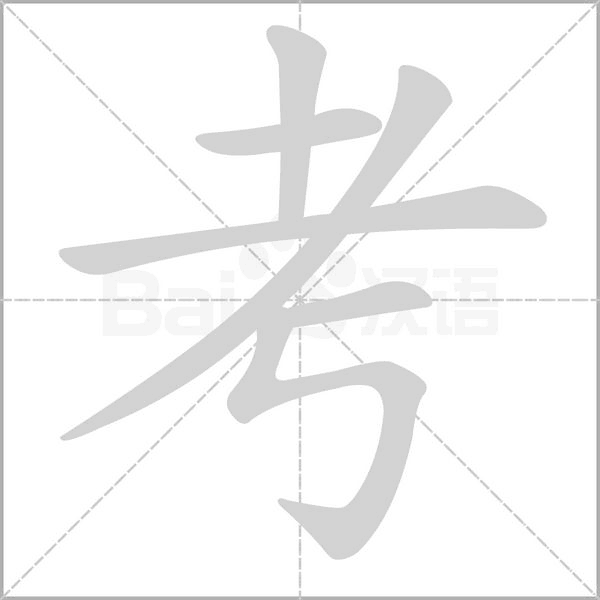
kǎo: examine
radical: 耂
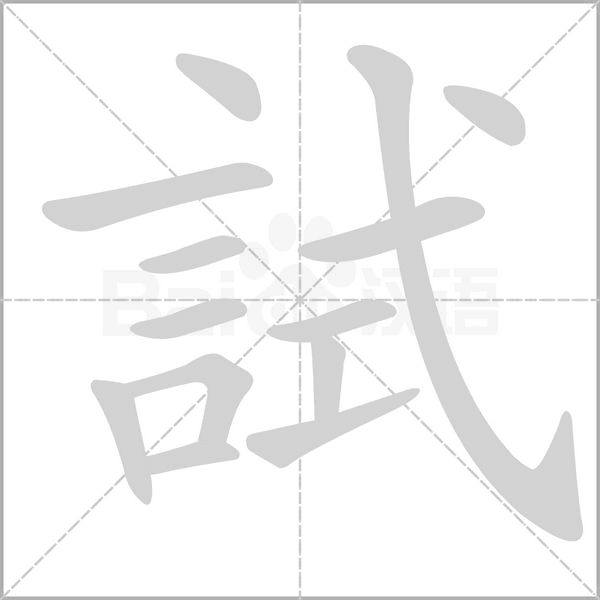
shì: try; test
radical: 言
Simplified character:
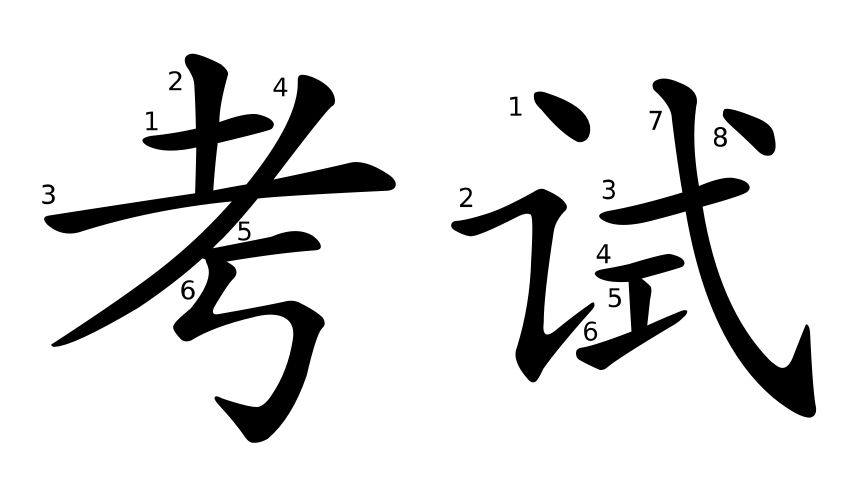
起床 [qǐchuáng] V-O to get up. 我不想起床。I don’t want to get up.
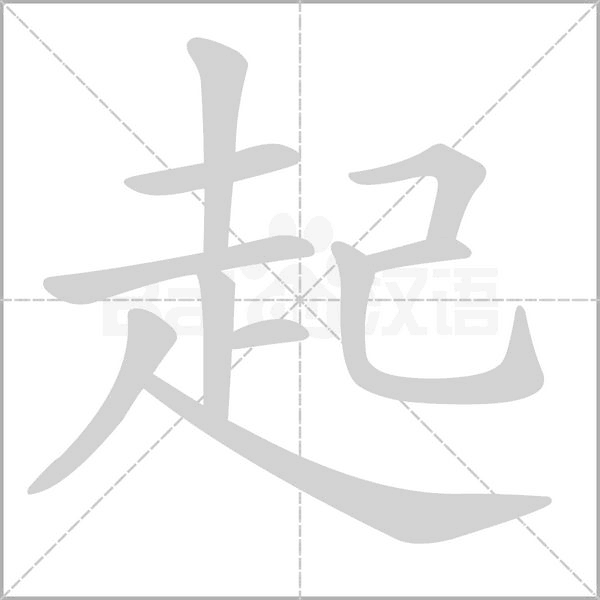
qǐ: rise
radical: 走
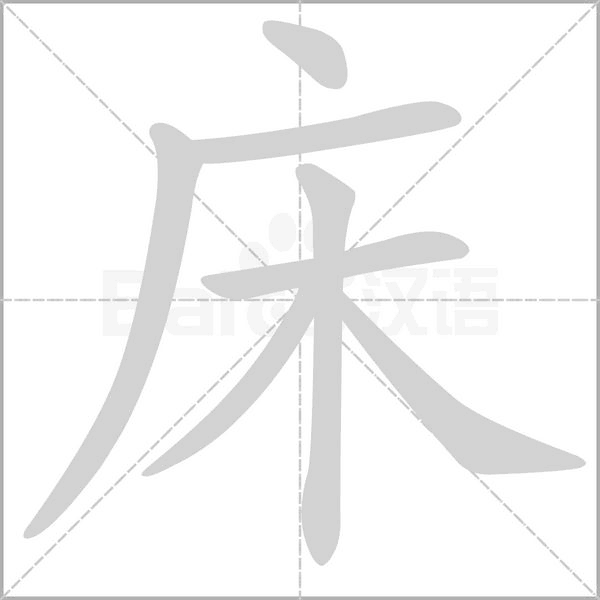
chuáng: bed
radical: 广
唸書/念书 [niànshū] V-O to study. 在中國唸書怎麼樣?/在中国念书怎么样?What’s it like studying in China?
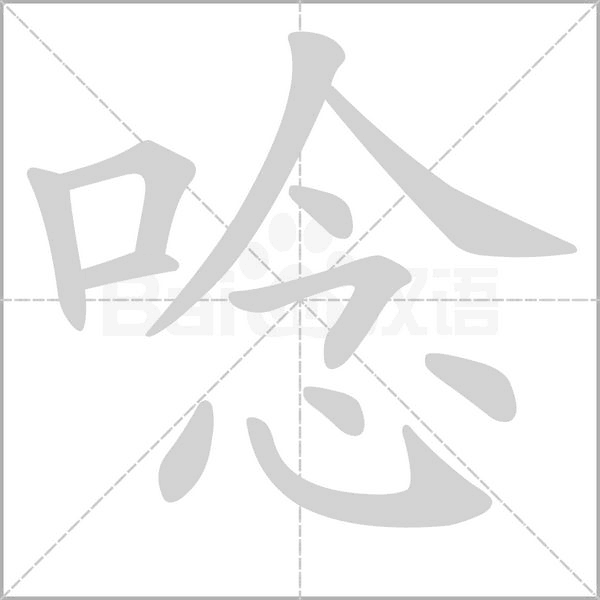
niàn: read
radical: 口
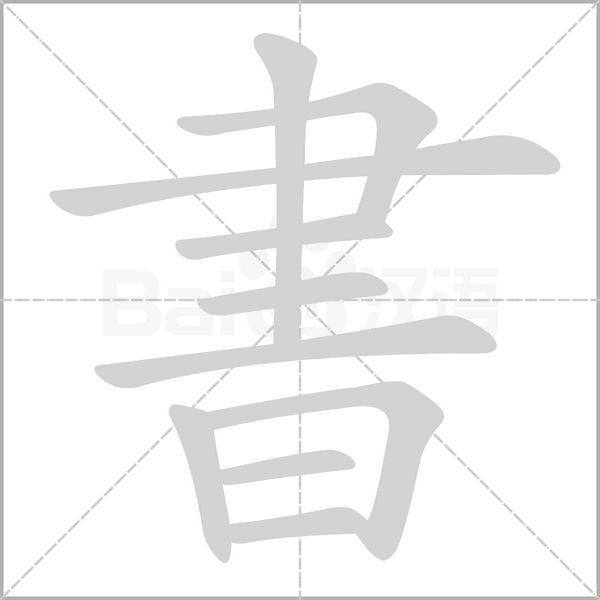
shū: book
radical: 聿
Simplified character:
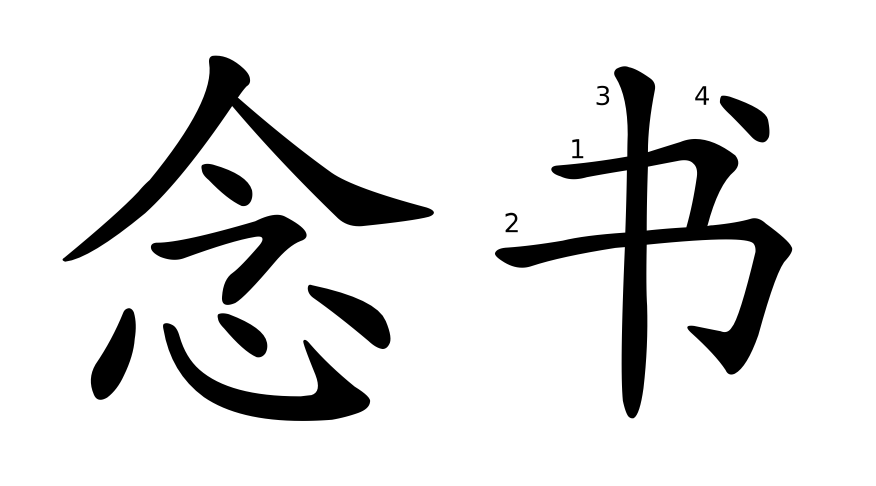
複習/复习 [fùxí] V. to review. 我每天都複習/我每天都复习。I review every day.
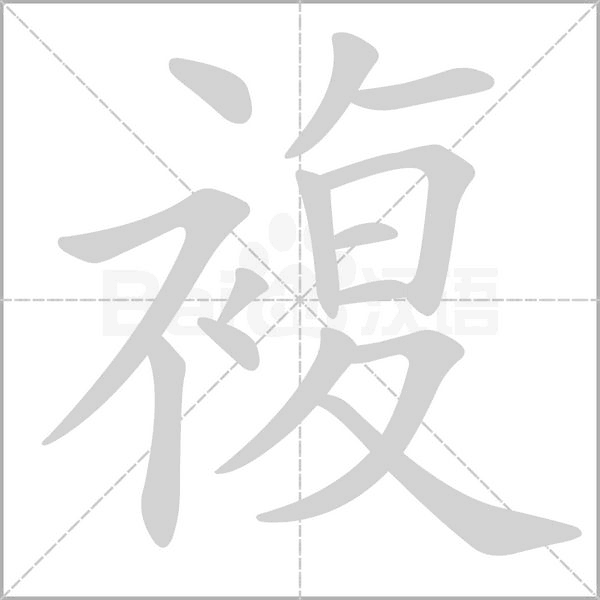
fù: repeated
radical: 衣
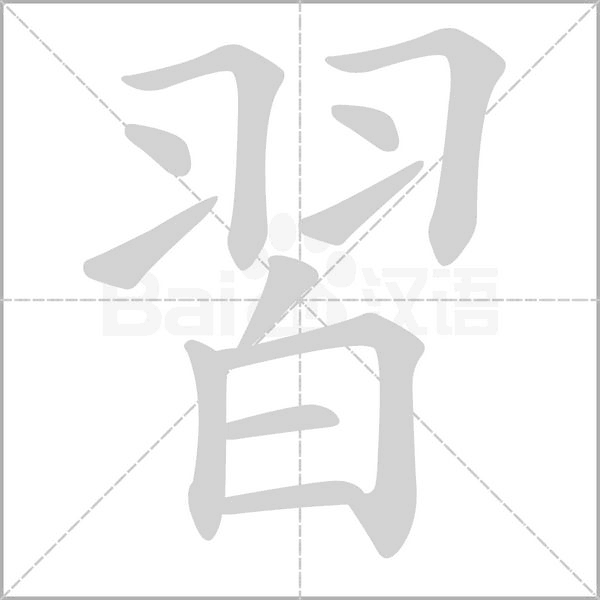
xí: practice
radical: 羽 (yǔ; feather)
Simplified character:
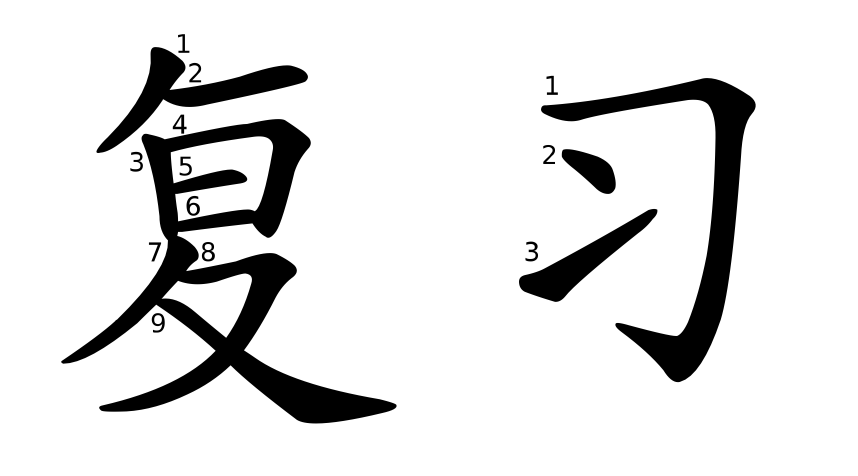
功課/功课 [gōngkè] N. homework. 我的功課不難/我的功课不难。My homework is not difficult.
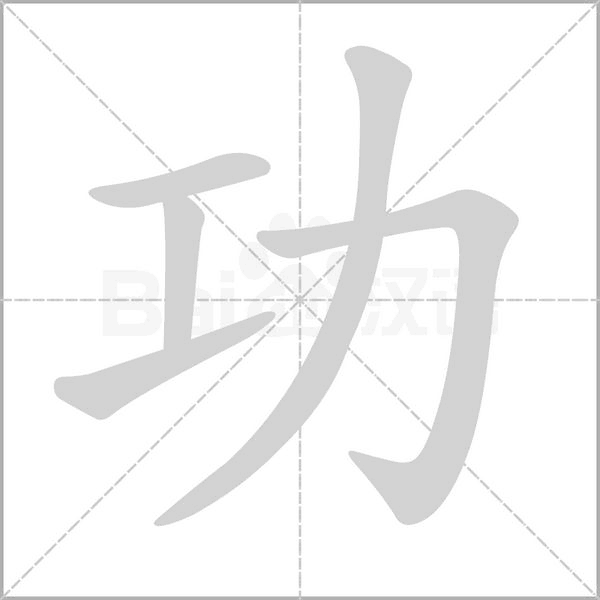
gōng: achievement; result
radical: 工
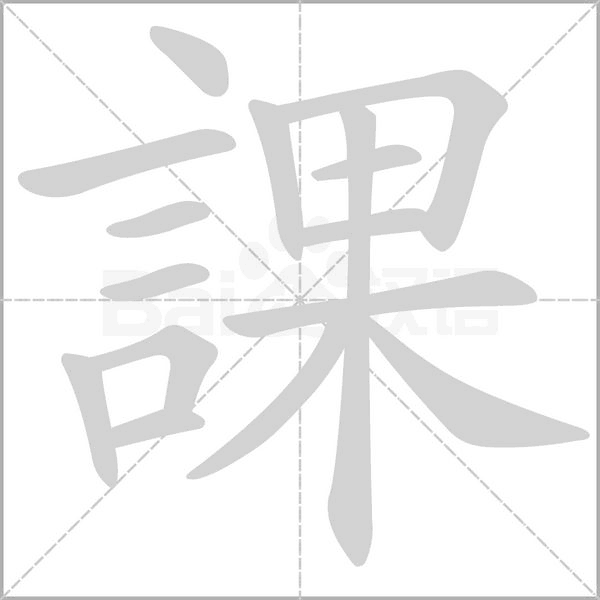
kè: class
radical: 言 (yán; language)
Simplified character:
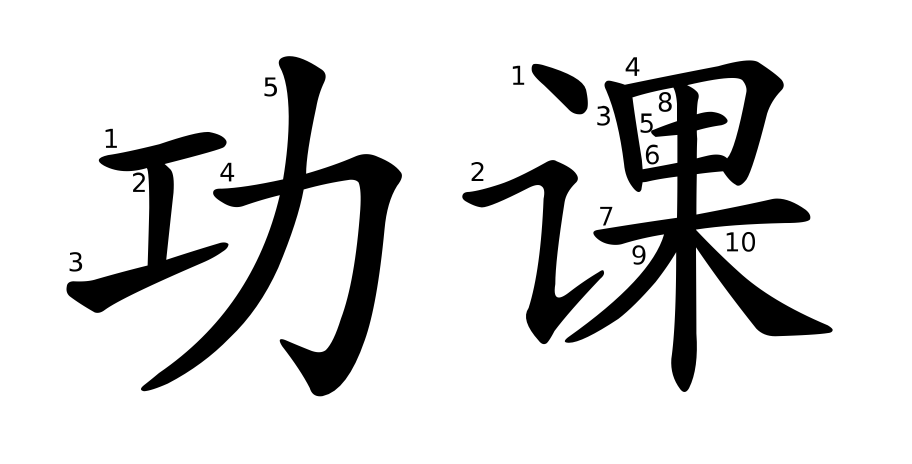
連飯都沒有/连饭都没有 [Lián fàn dōu méiyǒu] VP. (My school) doesn’t even have food. 我的學校連飯都沒有/我的学校连饭都没有。My school doesn’t even have food.
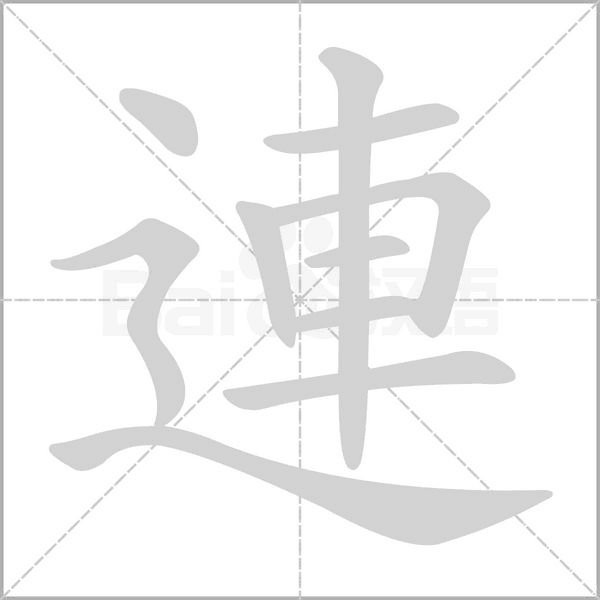
lián: even
radical: 辶 (chuò, walking)
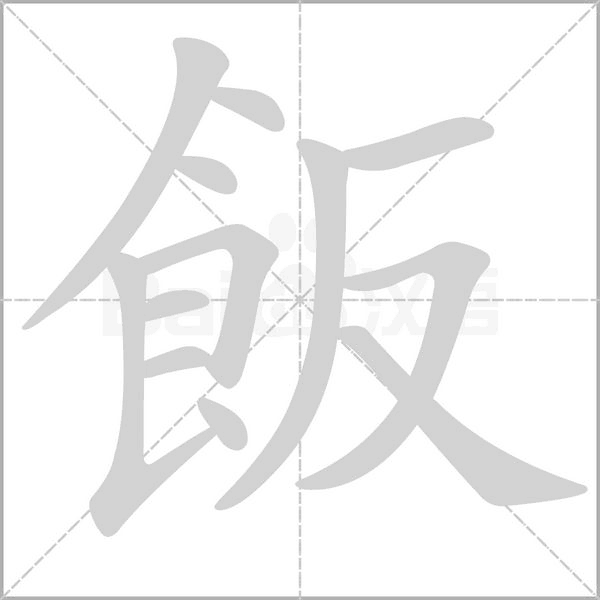
fàn: meal
radical: 食 (shí; food)
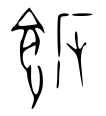
Chinese Studies Classroom: In ancient characters, the left side of “飯” is “食,” which looks like rice on a table, and the right side is “反.” “食” indicates something related to food, while “反” represents the pronunciation.
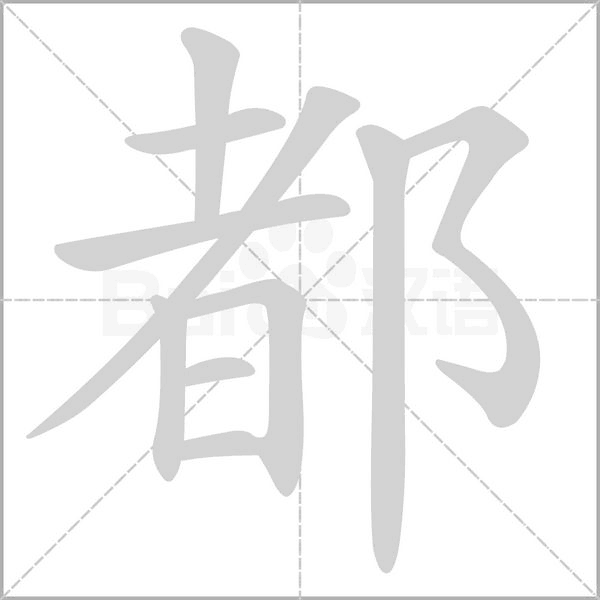
dōu: even
radical: 阝(A small hill or a town)
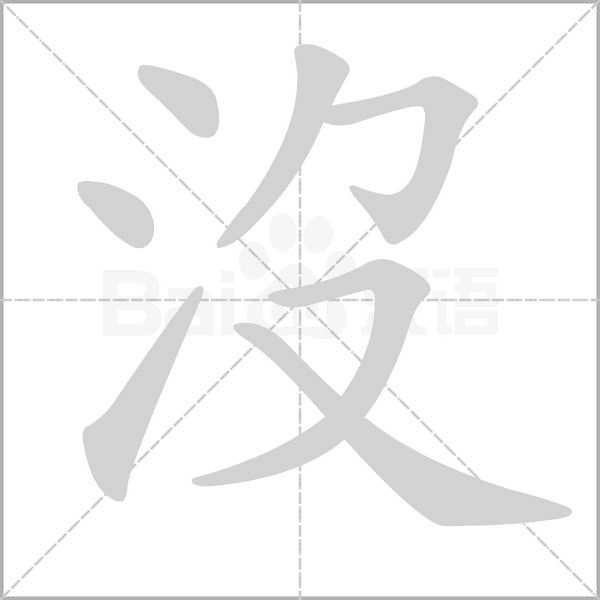
méi: not have
radical: 氵(water)
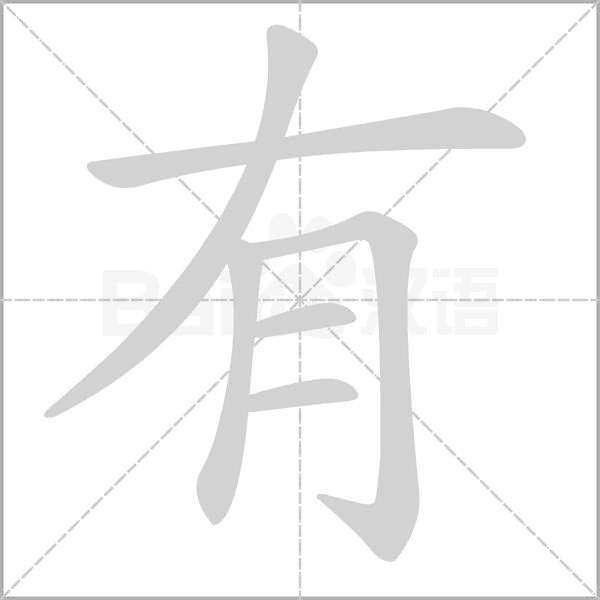
yǒu: have
radical: 月 (yuè; meat)
Simplified character:

寫字/写字 [xiězì] VP. to write. 我喜歡寫字/我喜欢写字。I like writing.
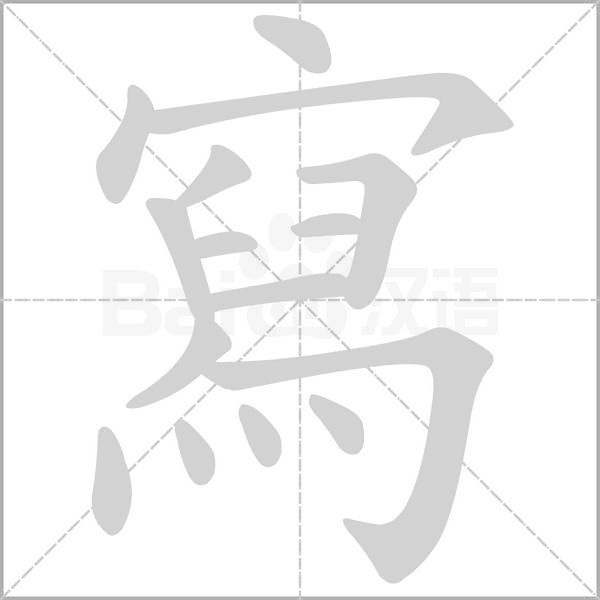
xiě: write
radical: 宀
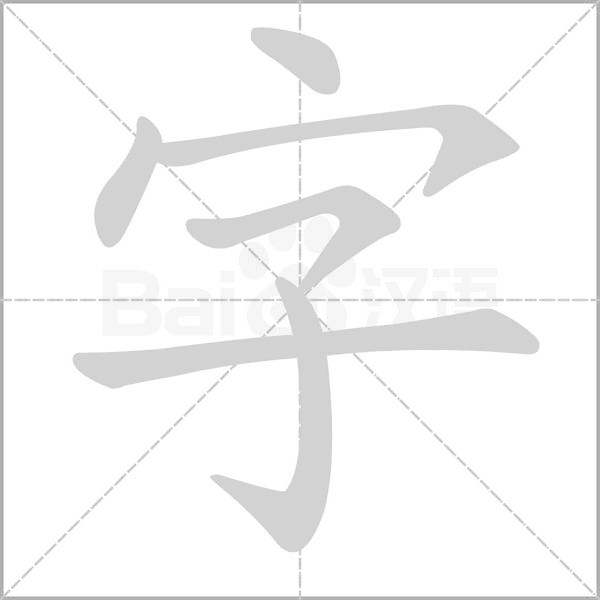
zì: character
radical: 宀
Simplified character:
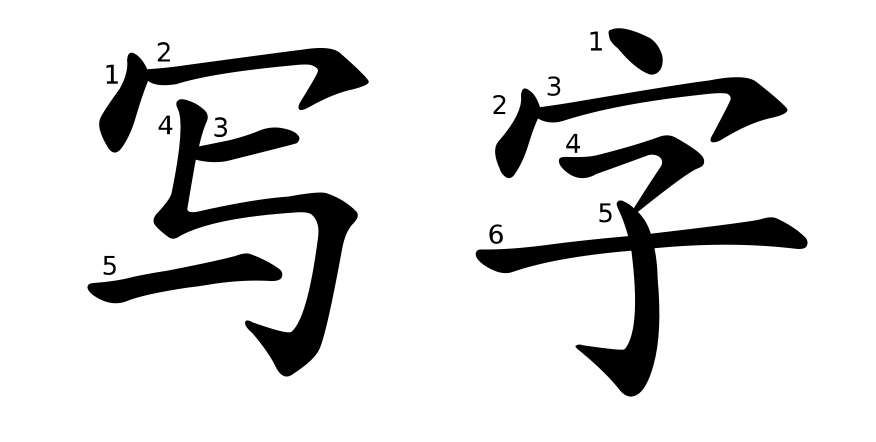
生病 [shēngbìng] V-O to get sick. 我生病了。I am sick.
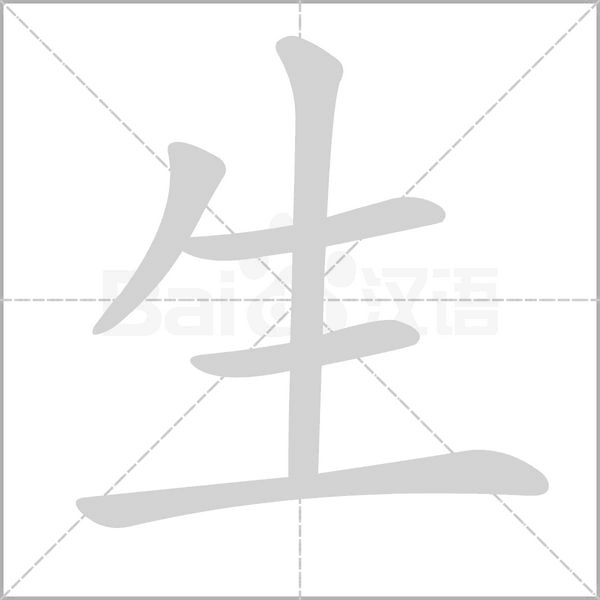
shēng: grow; get; have
radical: 生
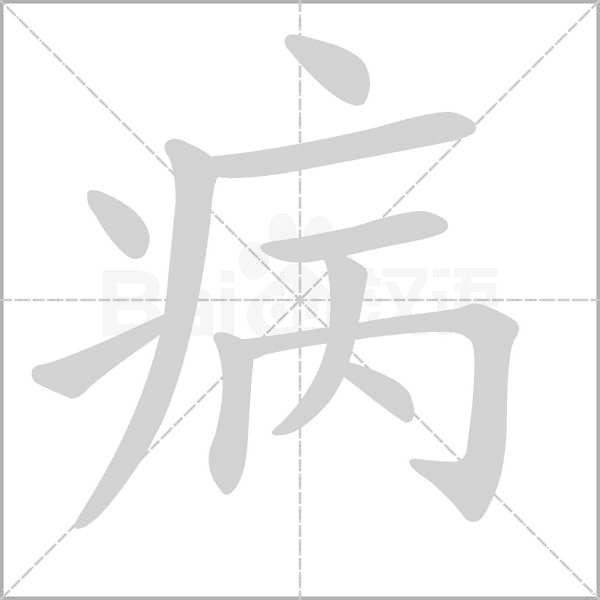
bìng: sick; illness
radical: 疒
Both traditional and simplified characters are written as:
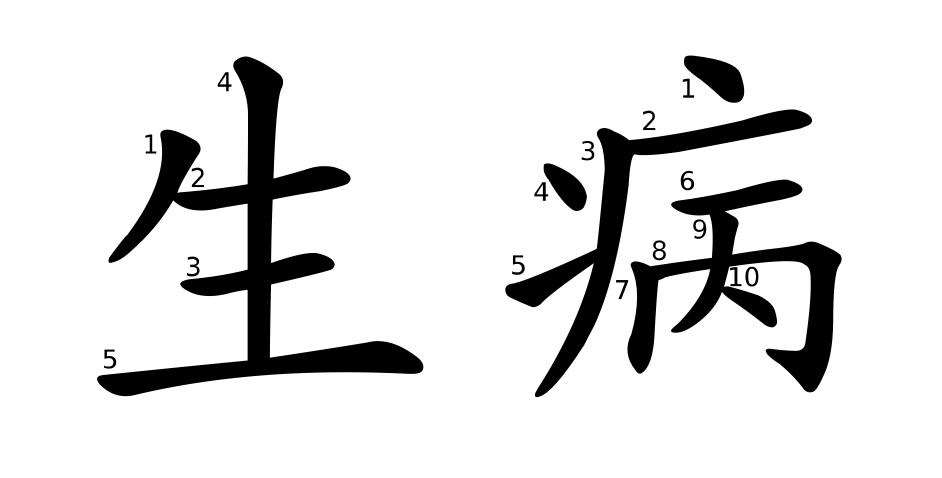
打電話/打电话 [dǎ diànhuà] VP to call. 我喜歡給媽媽打電話/我喜欢给妈妈打电话。I like to call my mom.
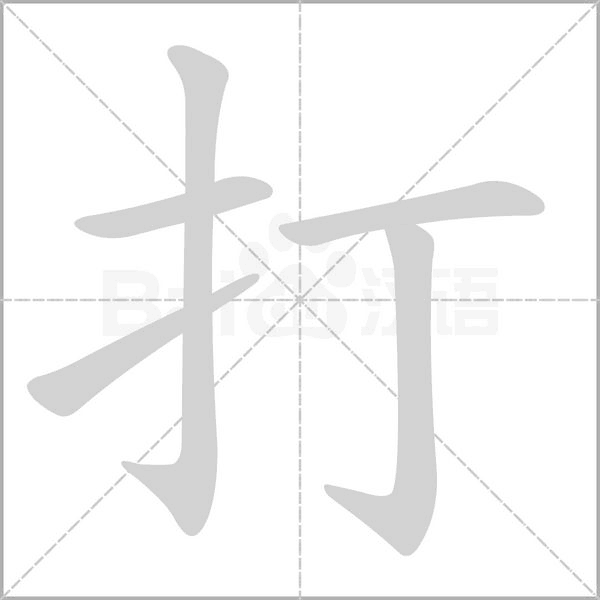
dǎ: hit; give
radical: 扌
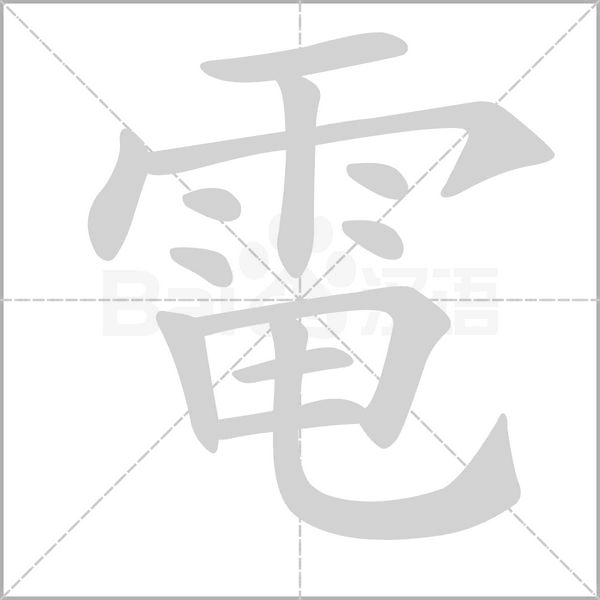
diàn: electricity
radical: 雨 (yǔ; rain)
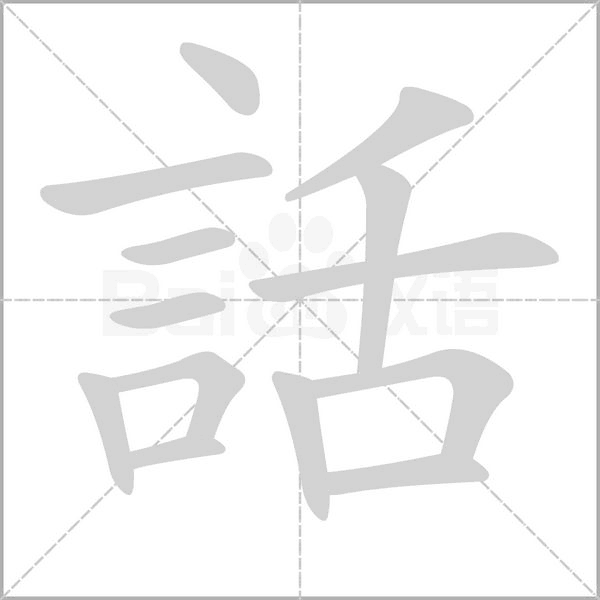
huà: word; talk
radical: 言 (yán; language)
Simplified character:

精神 [jīng.shén] Adj. vigorous 我今天沒有精神/我今天没有精神。I don’t have energy today.
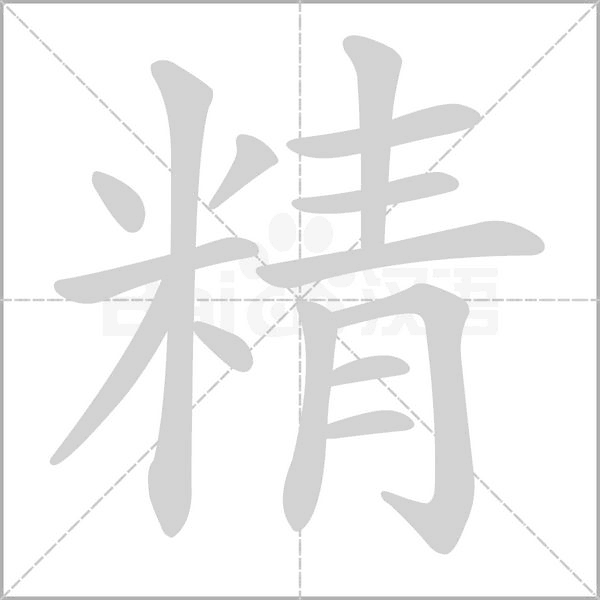
jīng: energy; spirit
radical: 米
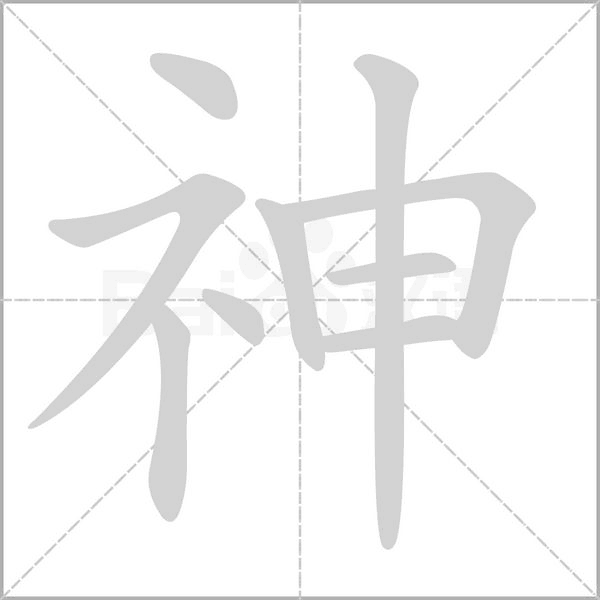
shén: spirit; mind
radical: 衣
Both traditional and simplified characters are written as:
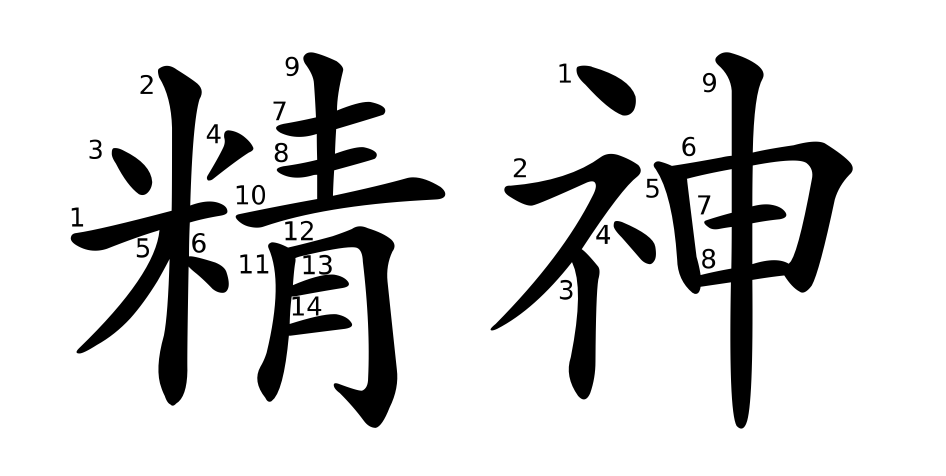
好像…似的 [hǎoxiàng…shìde] It seems that… 他今天好像很累似的。He seems very tired today.
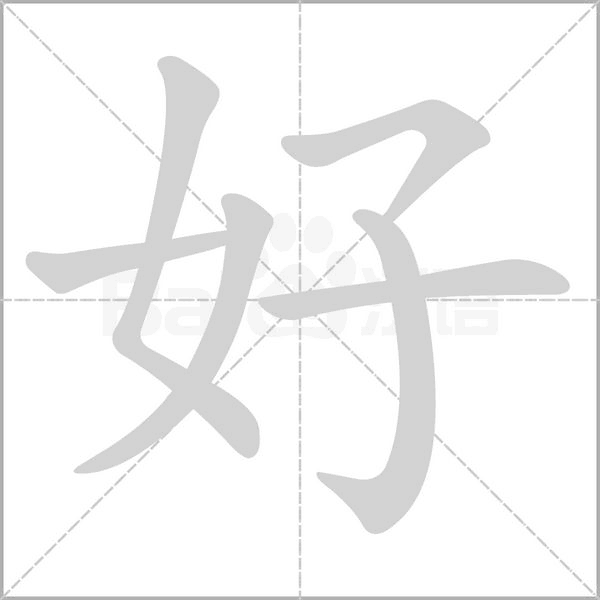
hǎo: good
radical: 女
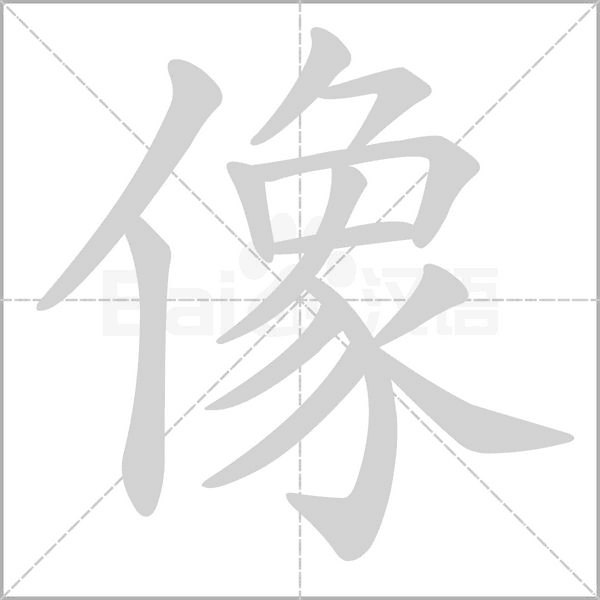
xiàng: likeness
radical: 亻(rén)
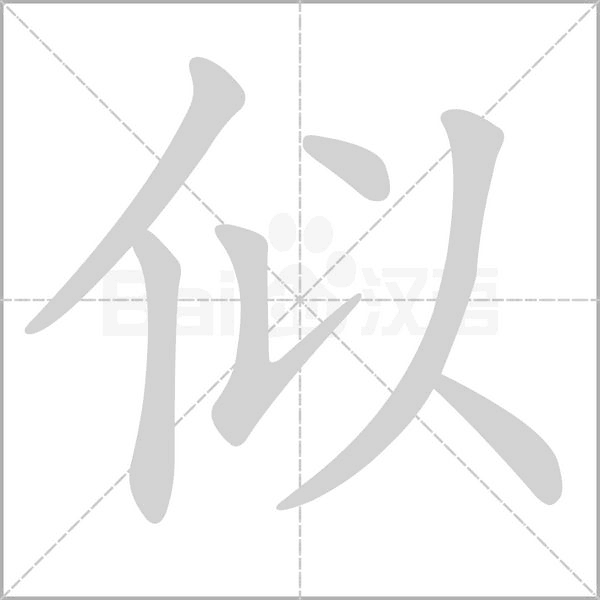
shì: as
radical: 亻(rén)
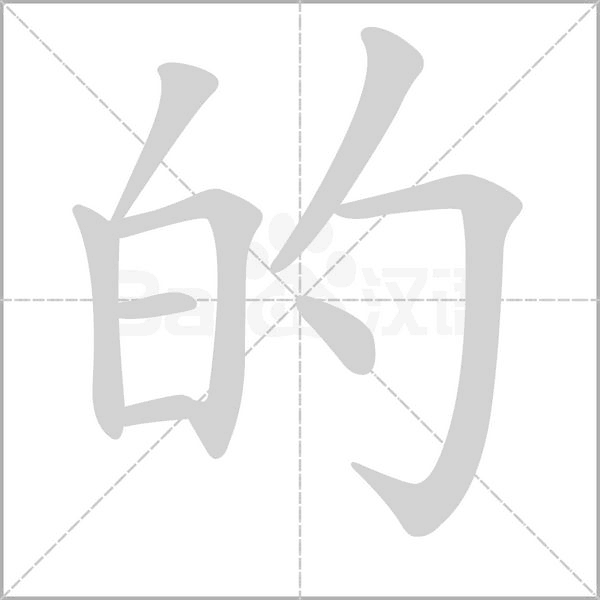
de: of
radical: 白
Both traditional and simplified characters are written as:

向來/向来 [xiànglái] Adv. all along. 我向來不喜歡吃肉/我向来不喜欢吃肉。I have never liked eating meat.
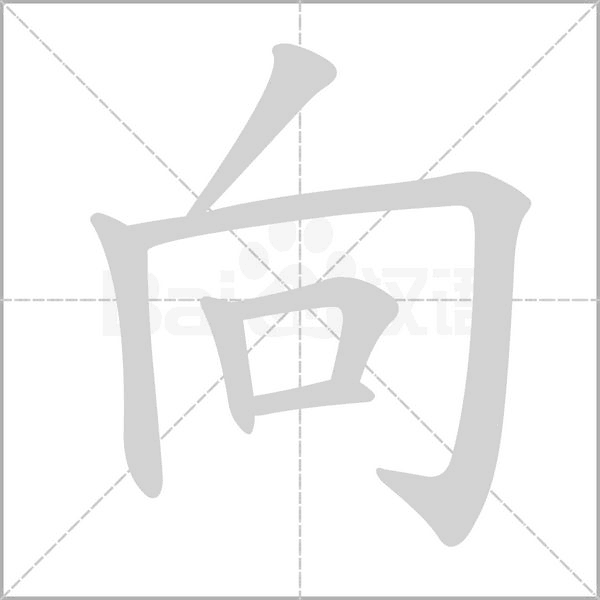
xiàng: towards
radical: 口
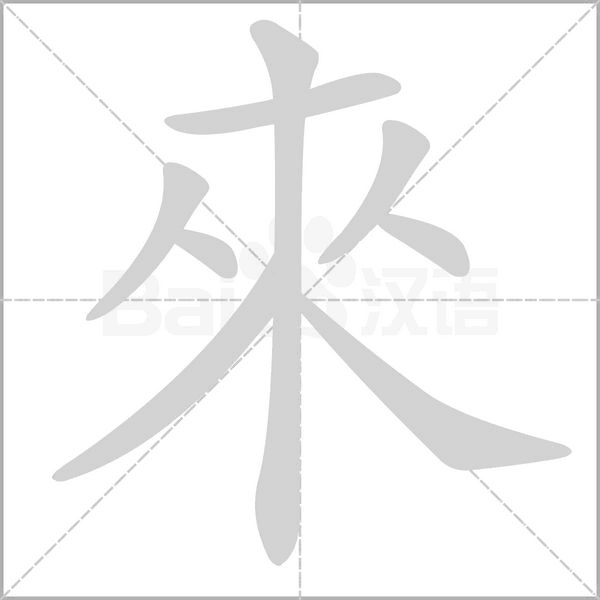
lái:
radical: 木
Simplified character:
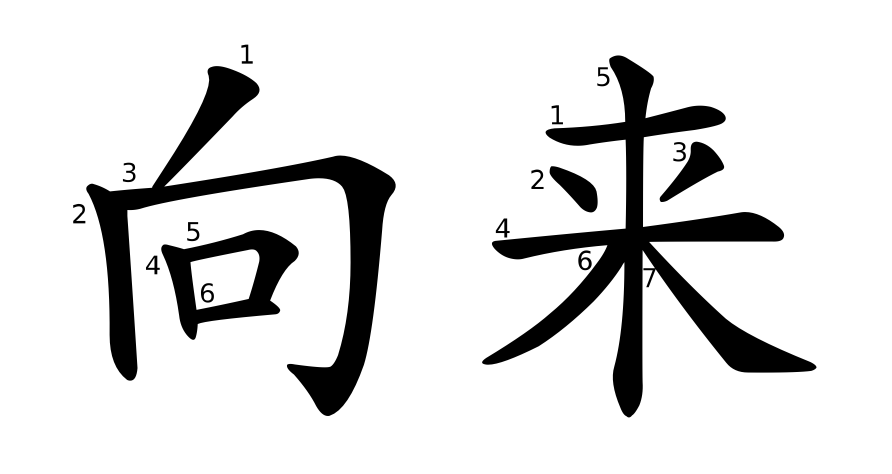
才來/才来 [cáilái] VP. didn’t arrive until. 他11點才來,我們都吃完了/他11点才来,我们都吃完了。He didn’t come until 11 PM, and we had already finished eating.
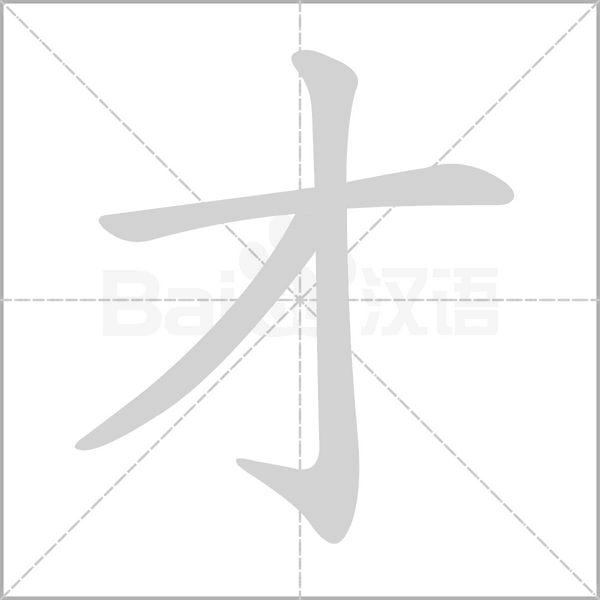
cái: (It indicates that something happens or ends late)
radical: 才
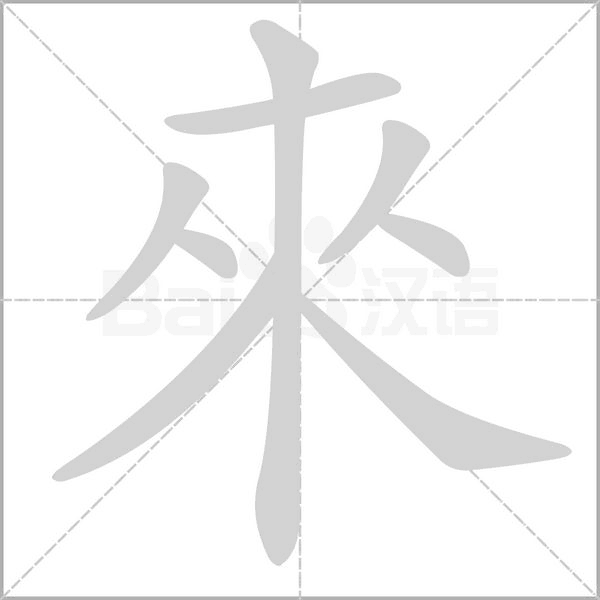
lái:
radical: 木
Simplified character:
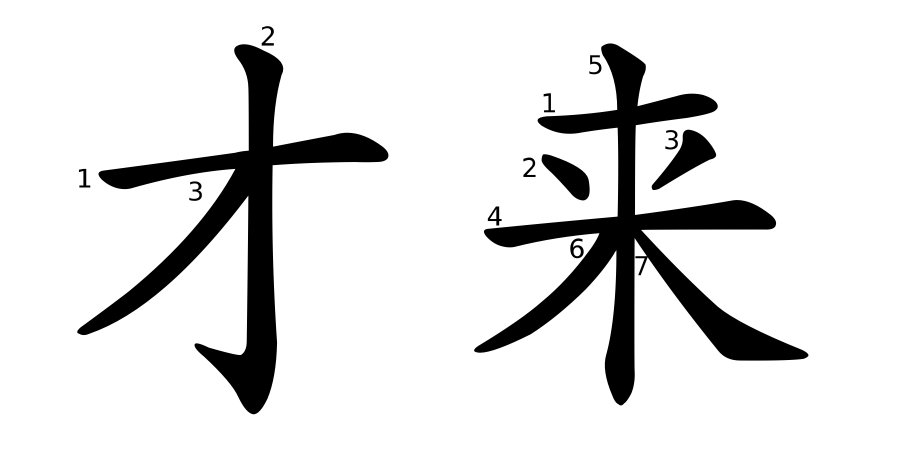
跑步 [pǎo bù] V-O to jog. 我喜欢跑步。I like running.
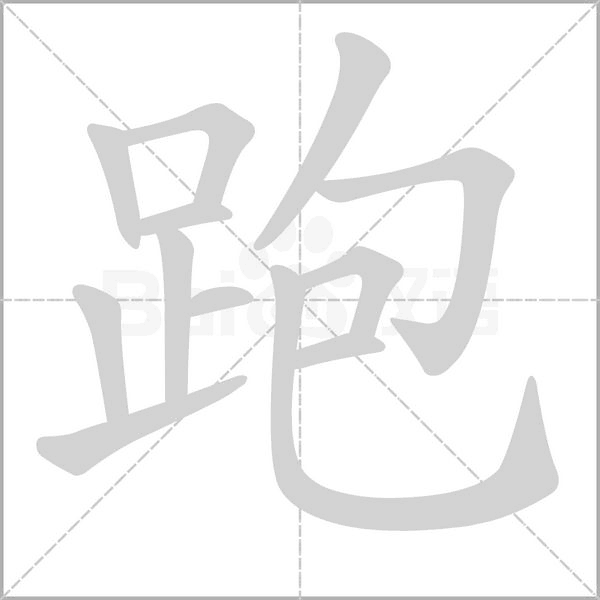
pǎo: run
radical: 足 (zú; foot)
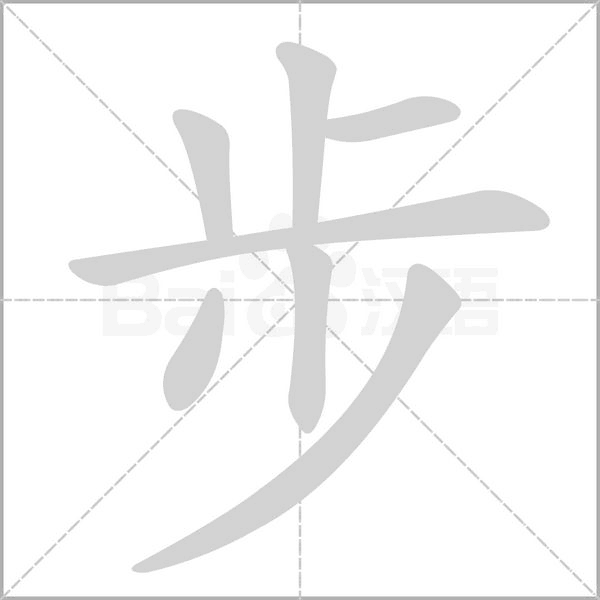
bù: step; pace
radical: 止 (toe)
Both traditional and simplified characters are written as:
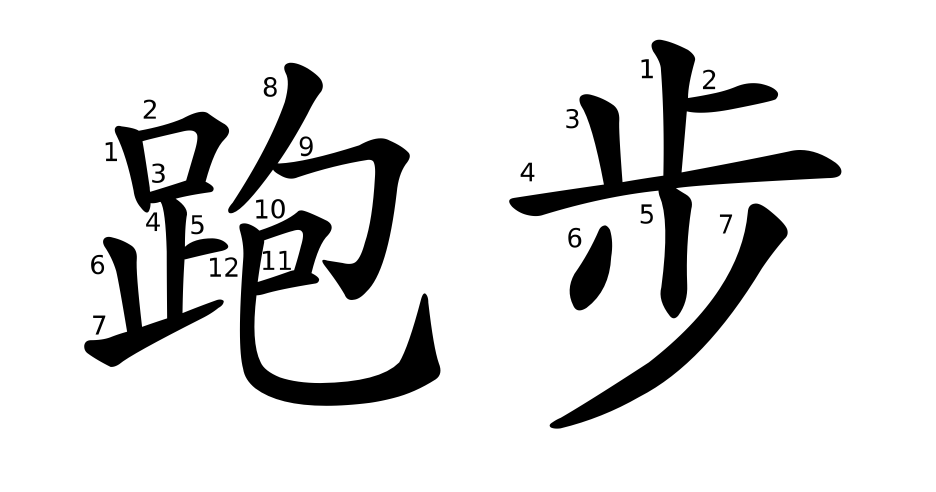
忙死了 [mángsǐle] VP. extremely busy. 我今天忙死了!I’m so busy today!
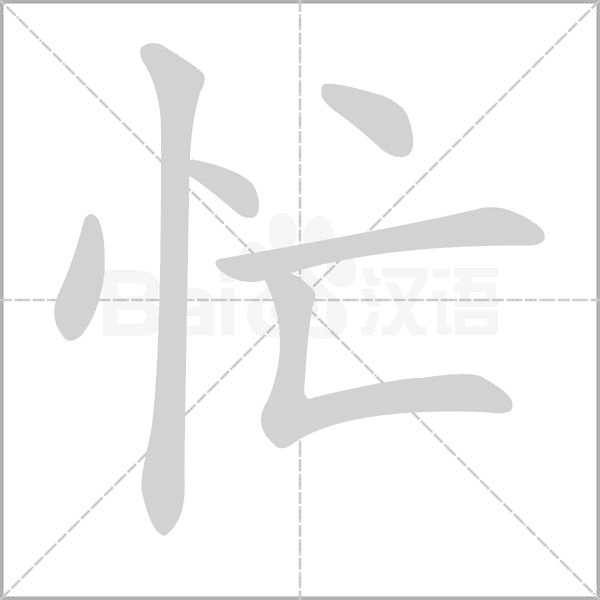
máng: busy
radical: 忄(xīn; heart)
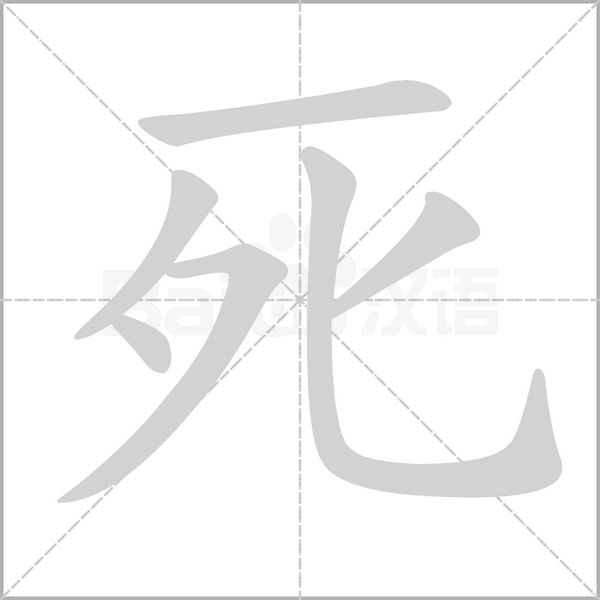
sǐ: dead
radical: 歹 (dǎi; bad)

le: It indicates that the action or change has been completed; or indicates change, the emergence of new situations, and indicating urging or dissuading.
radical: 了
Both traditional and simplified characters are written as:
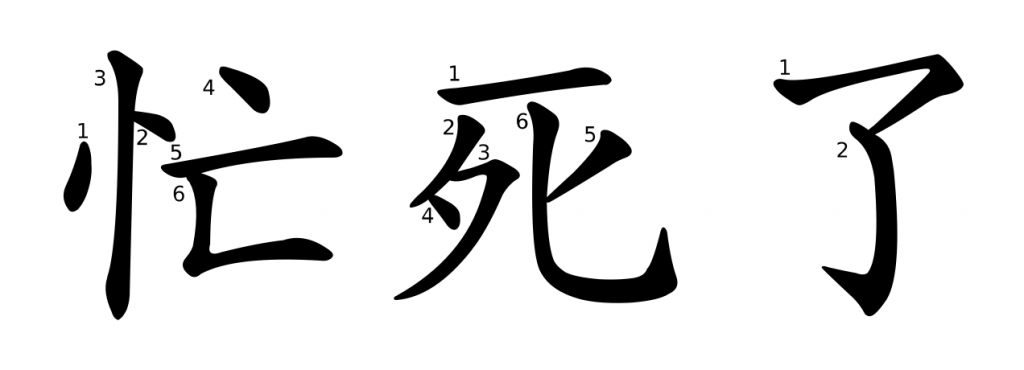
的確/的确 [díquè] Adv. indeed. 每天上課的確很累/每天上课的确很累。It’s really exhausting to attend classes every day.
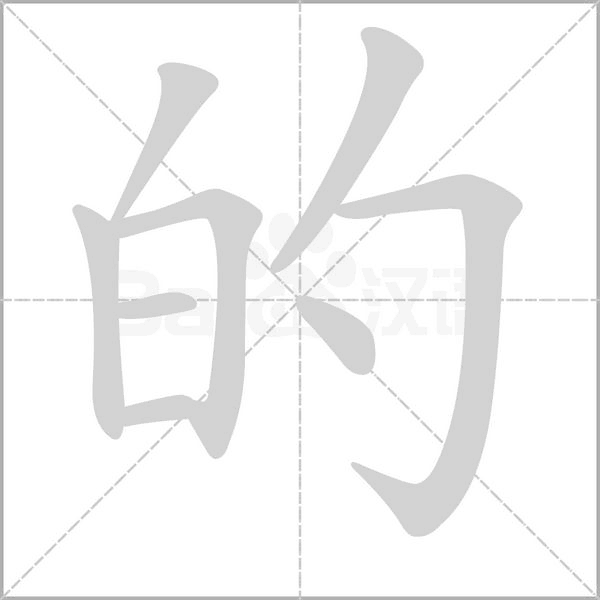
dí: true; exact; real
radical: 白
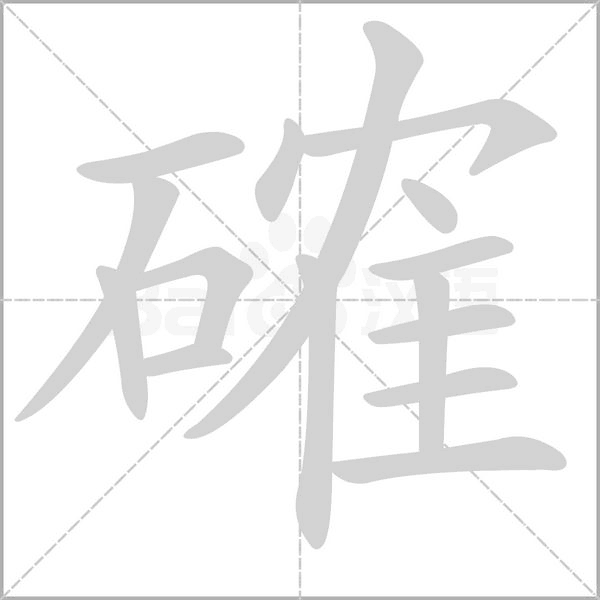
què: true; reliable
radical: 石
Simplified character:
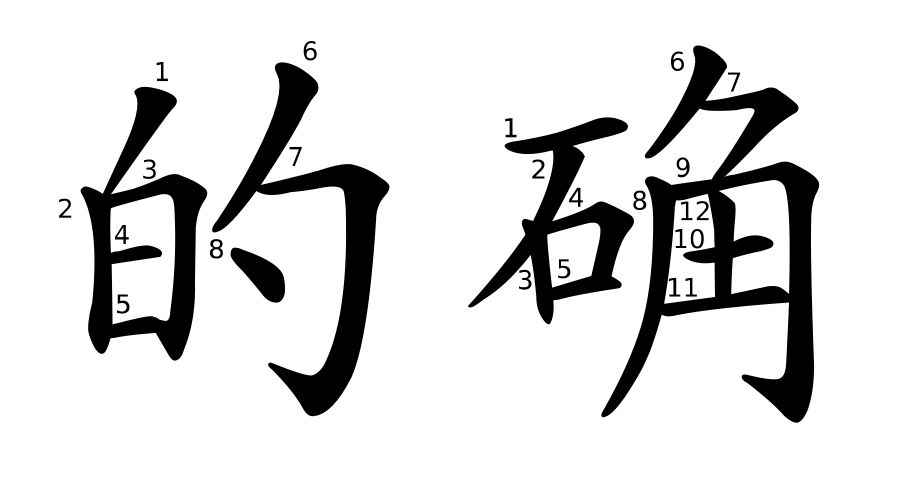
最近 [zuìjìn] Adv. recently. 你最近怎麼樣?/你最近怎么样?How have you been recently?
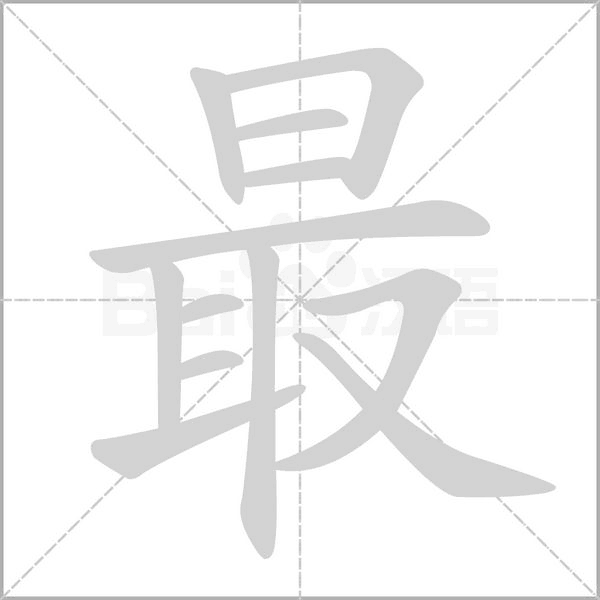
zuì: the most
radical: 日
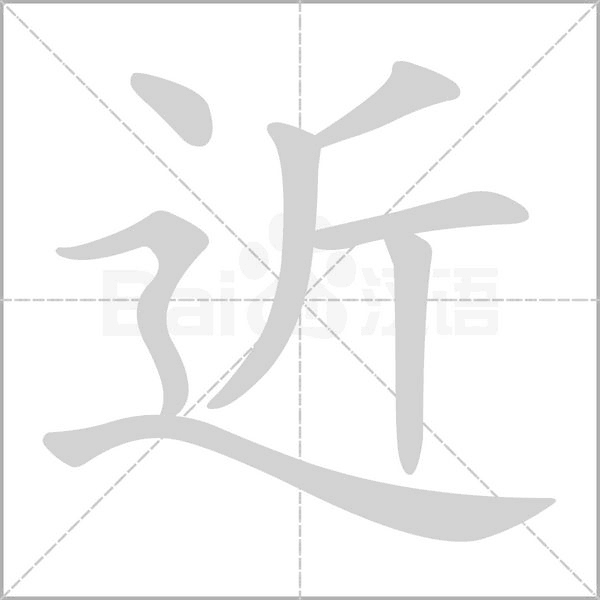
jìn: near
radical: 辶
Both traditional and simplified characters are written as:
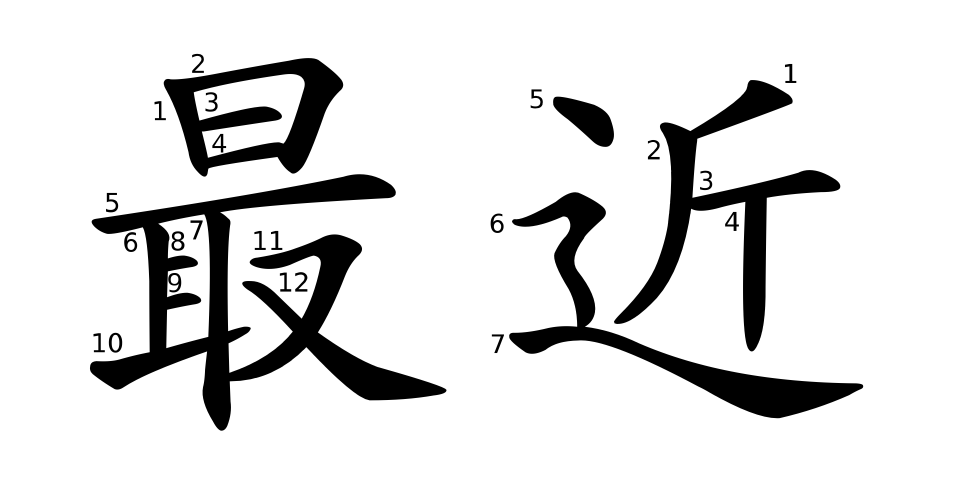
難記/难记 [nán jì] Adj. difficult to remember. 這個字有點難記/这个字有点难记。This character is a bit difficult to remember.
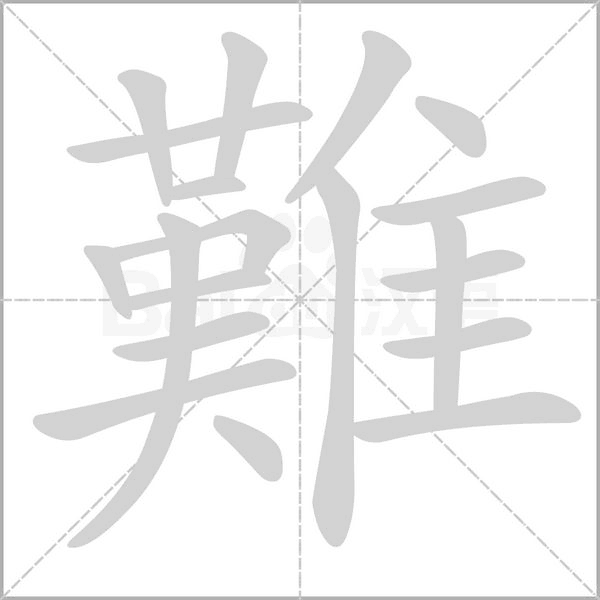
nán: hard
radical: 隹
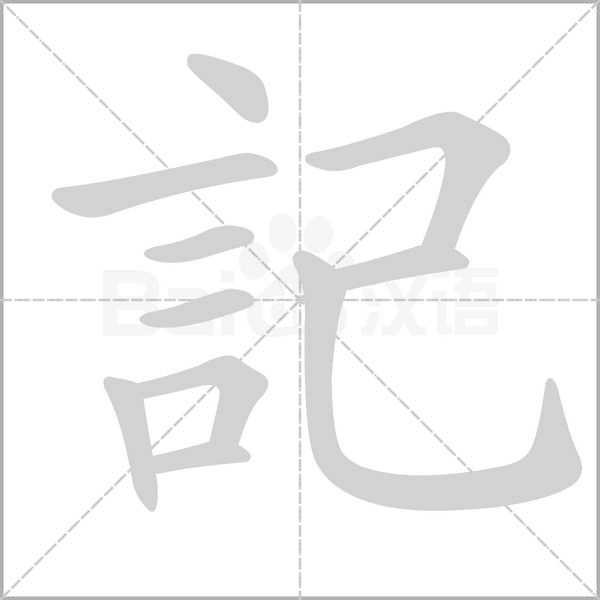
jì: remember; bear in mind
radical: 言 (yán; language)
Simplified character:
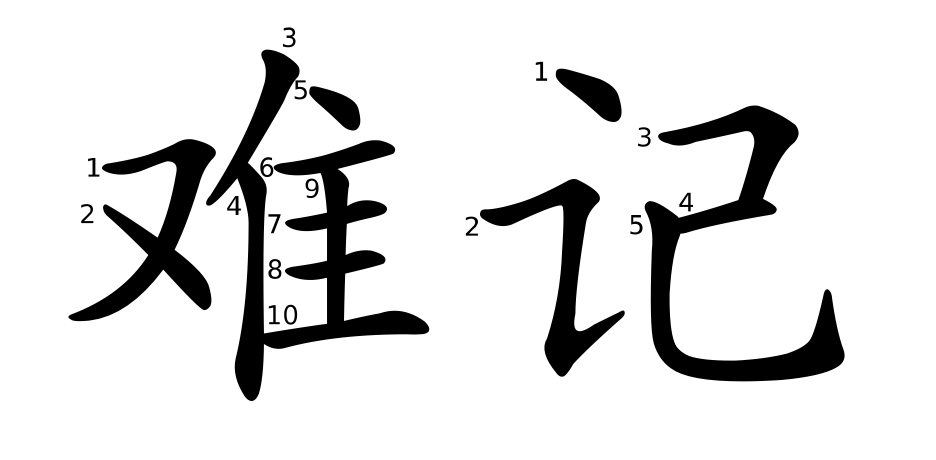
休息 [xiū.xī] V. to rest. 我想休息休息。I want to take a break.
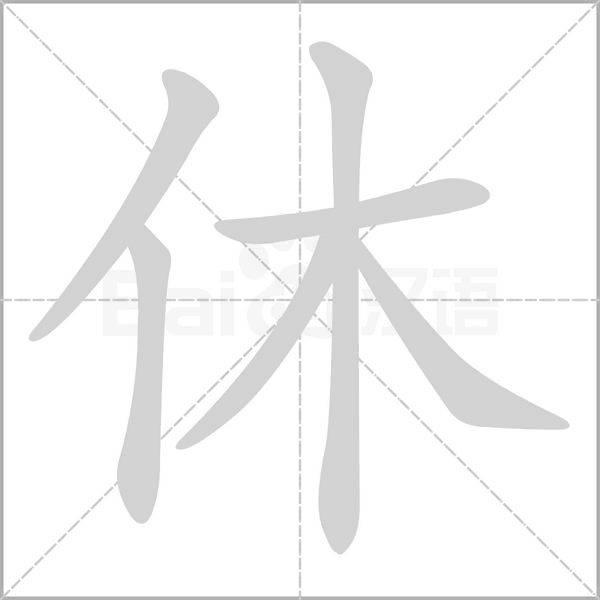
xiū: rest
radical: 亻
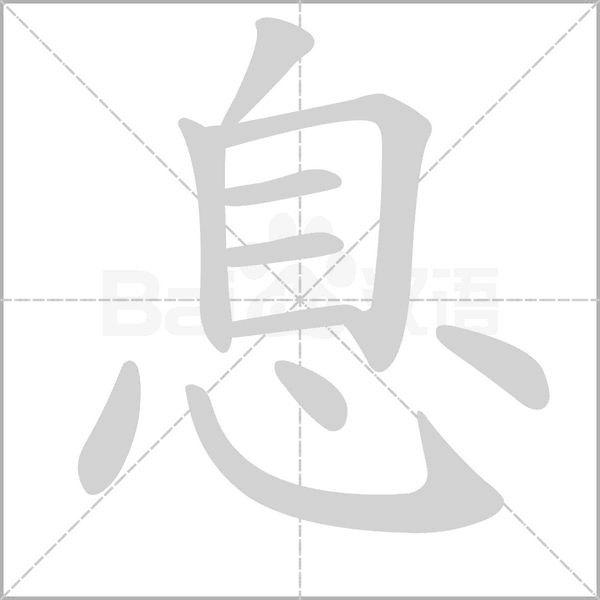
xī: rest
radical: 心 (xīn; heart)
Both traditional and simplified characters are written as:
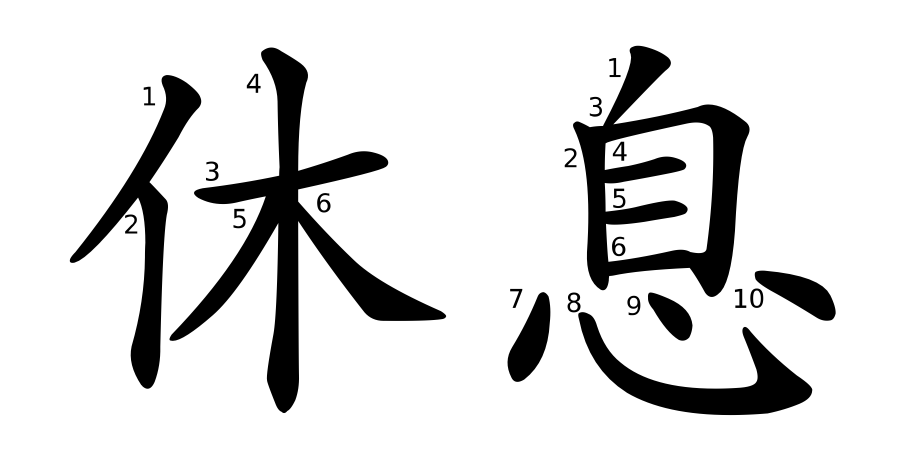
祝你幸福 [zhùnǐ xìngfú] VP. Wishing you happiness.
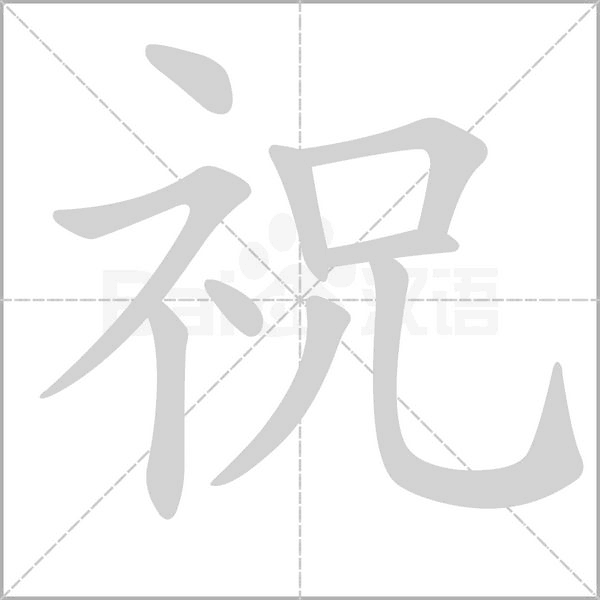
zhù: wish
radical: 衣
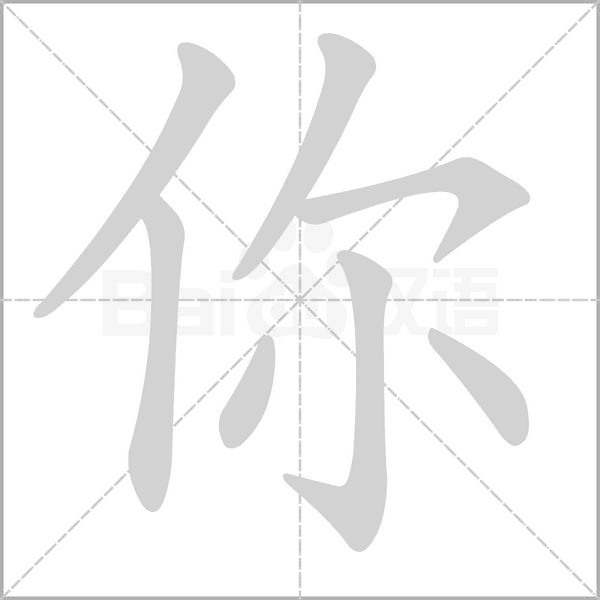
nǐ: you
radical: 亻
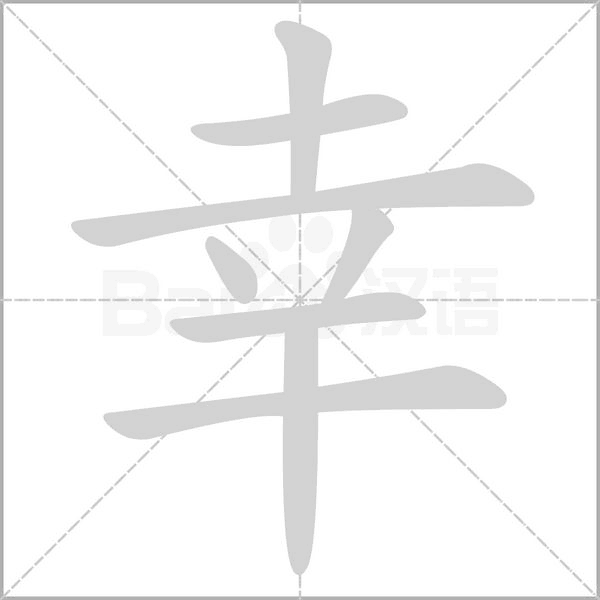
xìng: good fortune
radical: 土
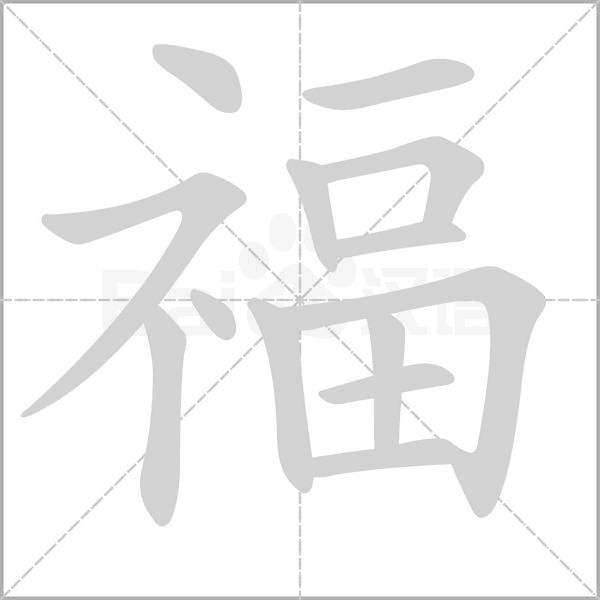
fú: blessing; happiness
radical: 衣
Both traditional and simplified characters are written as:

我比你高 [wǒ bǐ nǐ gāo] VP. I am taller than you
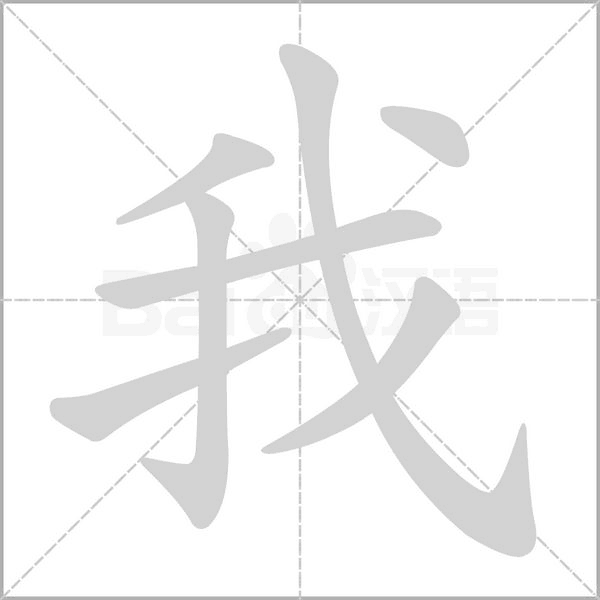
wǒ: I; me
radical: 戈 (gē; An ancient weapon)
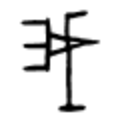
Chinese Studies Classroom: The original meaning of the character “我” in oracle bone script referred to a deadly weapon used in slave society for executions and butchering livestock. From this original meaning, it extended to signify “wielding a large axe while shouting and demonstrating power.” However, by the Warring States period, the weapon represented by the original meaning of “我” had been replaced by more advanced weapons. As a result, the character “我” came to be widely used as a first-person pronoun.
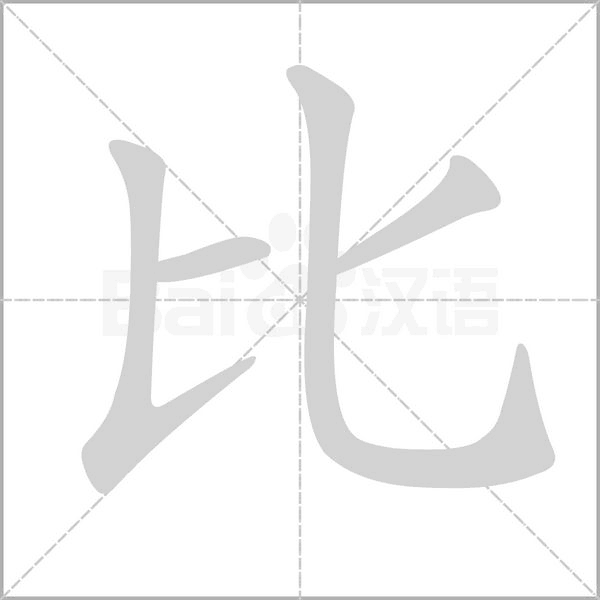
bǐ: compare
radical: 比
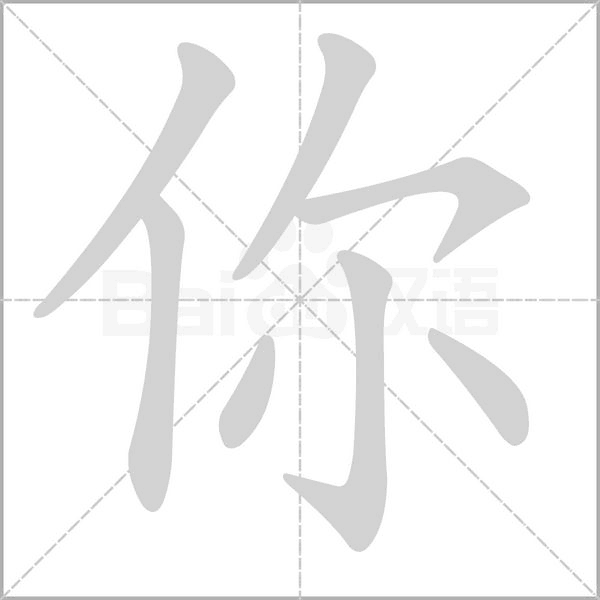
nǐ: you
radical: 亻
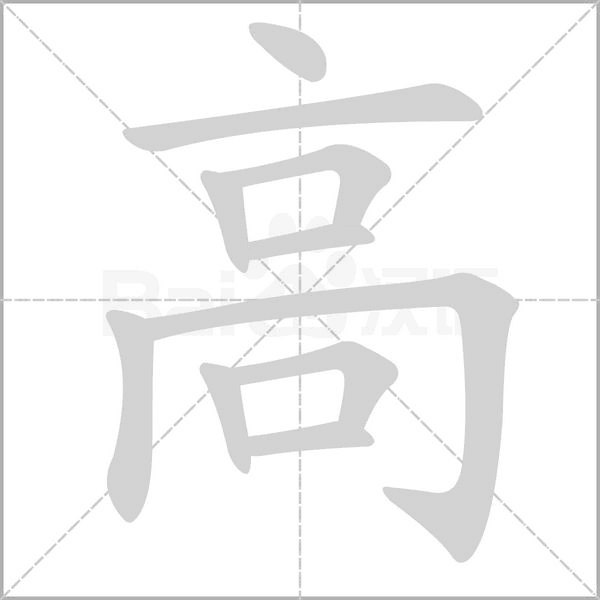
gāo: tall
radical: 高
Both traditional and simplified characters are written as:

強/强 [qiáng] Adj. strong. 我比你強/我比你强。I am better than you.
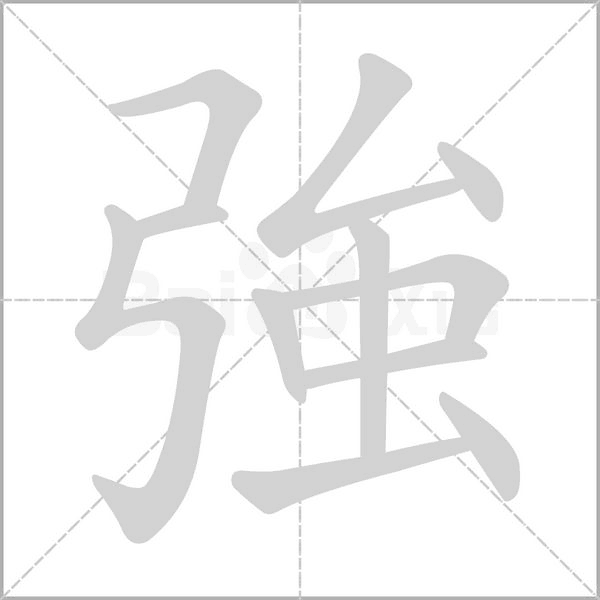
qiáng: strong; powerful
radical: 弓
Simplified character:
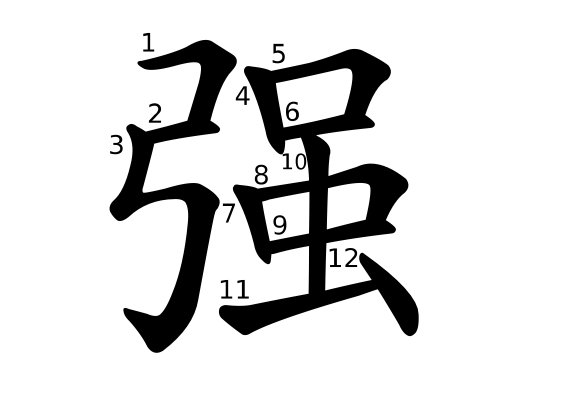
蔬菜 [shūcài] N. vegetables. 我很喜歡吃蔬菜/我很喜欢吃蔬菜。I really like eating vegetables.
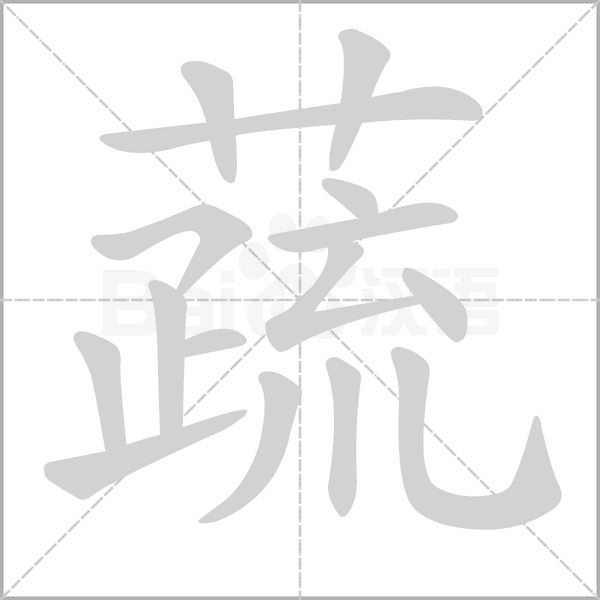
shū: vegetables
radical: 艹 (cǎo: grass)
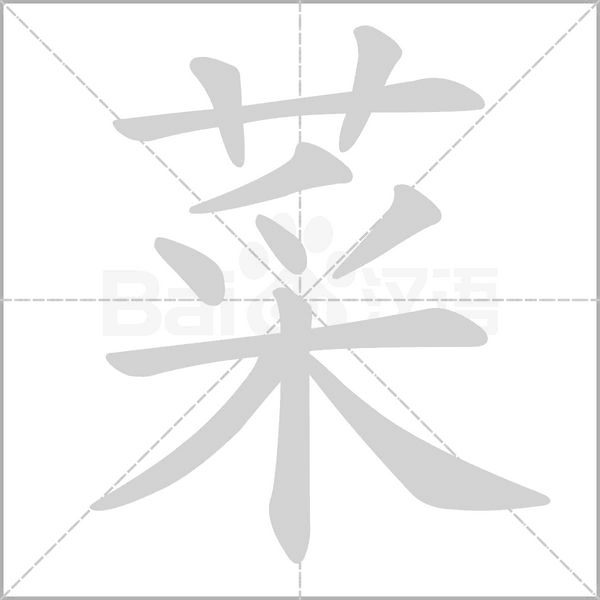
cài: vegetables
radical: 艹 (cǎo: grass)
Both traditional and simplified characters are written as:
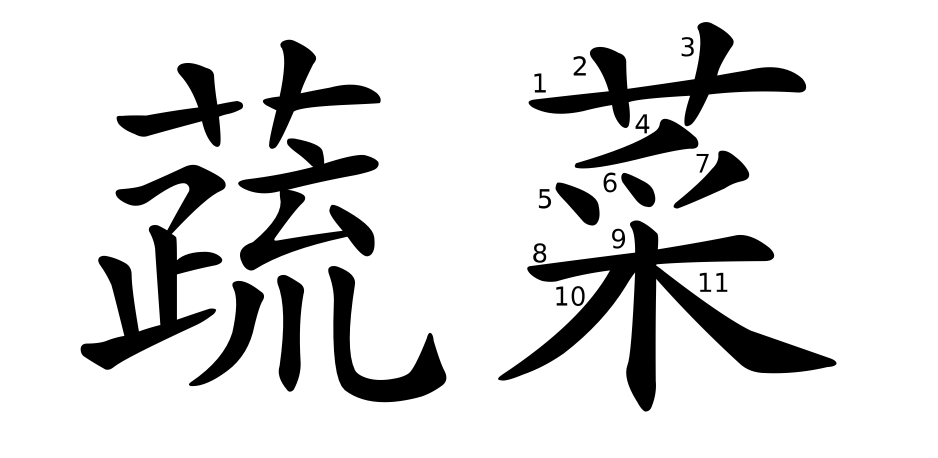
水果 [shuǐguǒ] N. fruits. 我去買水果/我去买水果。I’m going to buy fruit.

shuǐ: water
radical: 水
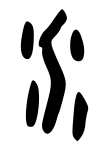
Chinese Studies Classroom: In oracle bone script, the character “水” resembles the shape of a river. Its original meaning is “river,” and later it extended to mean “water.” Additionally, from the concept of “water being still and level,” it evolved to represent “standard” or “level” in a broader sense.
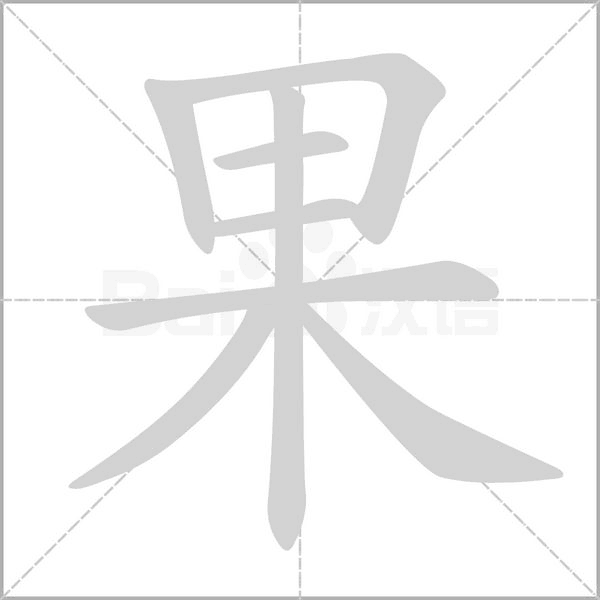
guǒ: fruit
radical: 木 (mù; wood)
Both traditional and simplified characters are written as:
